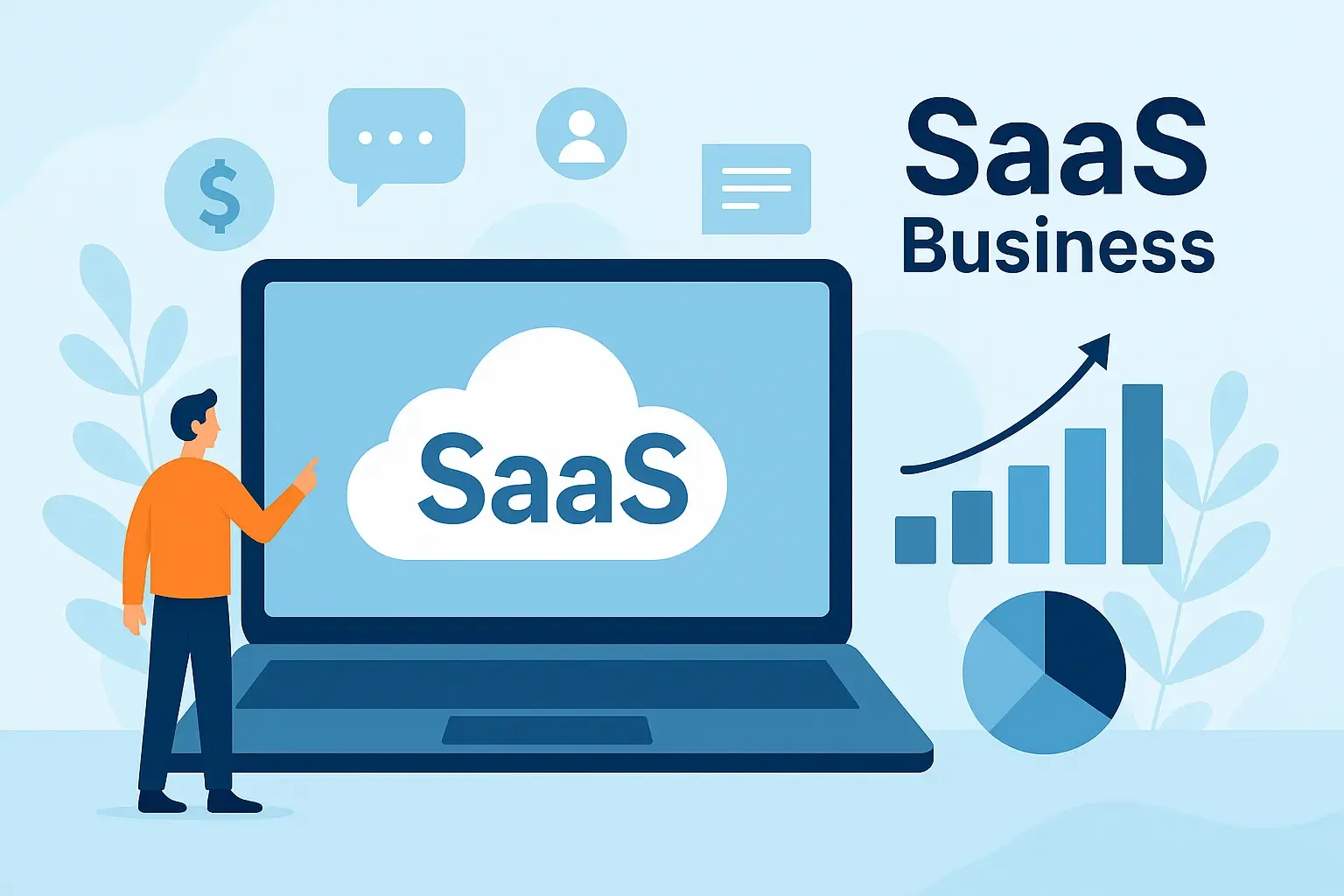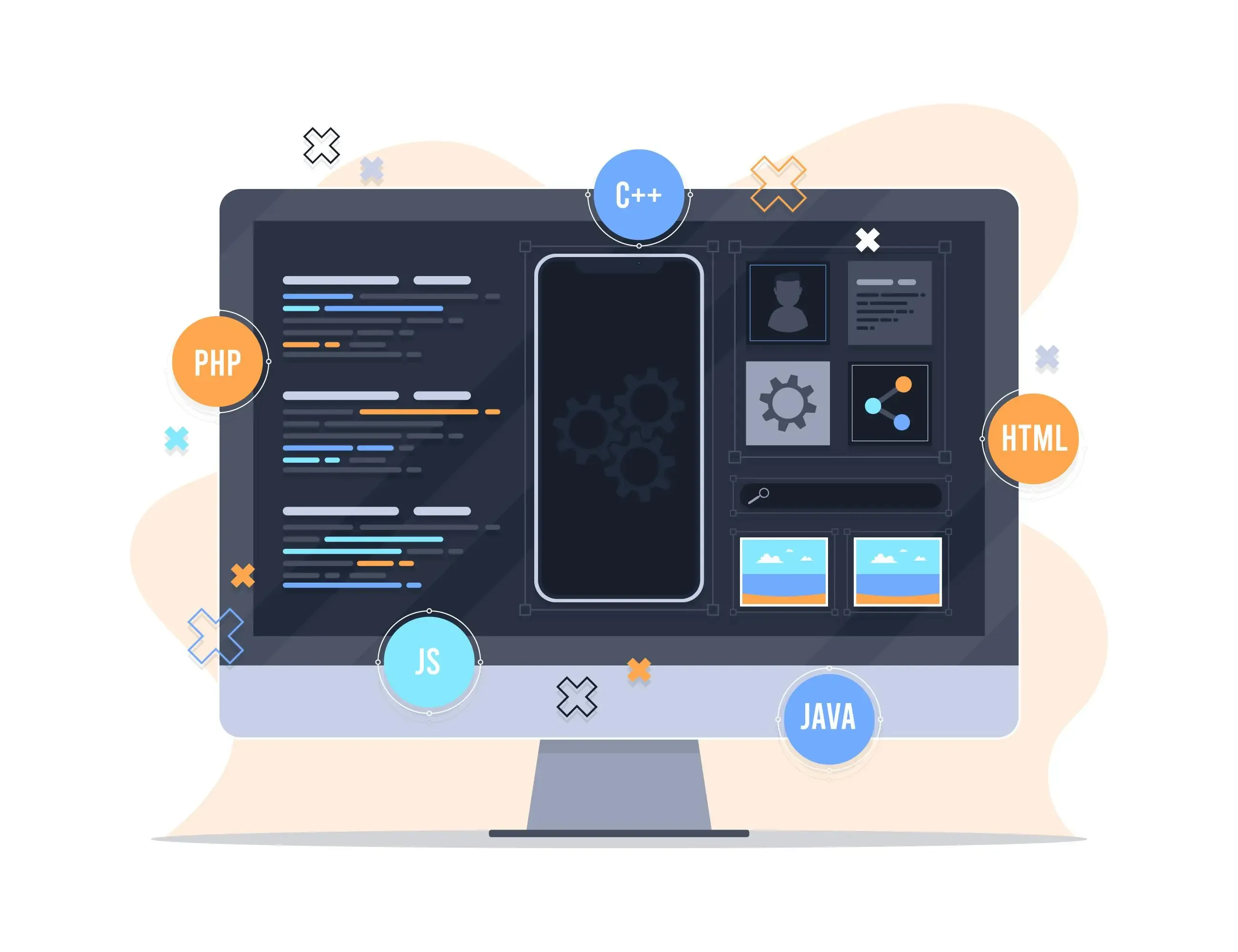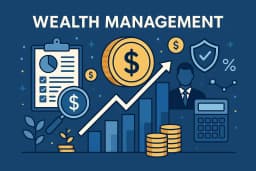SaaS Marketing: Proven Strategies to Grow Software Business.
Effective SaaS marketing needs a data-driven approach tailored to recurring revenue and the digital nature of software products.
Neha Singh
3 min read
21 Jun 2025

Introduction to SaaS Marketing:
SaaS (software as a service) marketing refers to the strategic process of promoting and selling subscription-based software products. Unlike traditional product marketing, SaaS marketing emphasizes long-term user engagement, subscription renewals, and customer lifetime value. It requires an integrated approach that blends inbound marketing, data analytics, product positioning, and customer success.
The Software as a Service (SaaS) industry has evolved rapidly over the past decade, with startups and enterprises alike competing for customer attention in an increasingly crowded space.
Key consideration unique to SaaS marketing include
- Subscription-based pricing models emphasize on monthly recurring revenue (MRR) and customer lifetime value (CLTV)
- Longer Sales Cycles—Especially for B2B SaaS with enterprise-level features.
- Ongoing Customer Relationship—Marketing doesn't stop after conversion—it supports renewals, upsells, and customer satisfaction.
- Data-Driven Strategies: Leveraging analytics to track behavior, optimize campaigns, and reduce churn.
Top smart keys of SaaS marketing strategies:
1. SaaS Content Marketing Strategy
Content plays a pivotal role in attracting and educating leads. A winning strategy includes Blog Articles: Centered on keywords that solve user problems.
- White papers & ebooks: Useful for lead generation via gated content.
- Case Studies: Showcasing real success stories to build trust.
- Webinars: Establishing thought leadership while gathering prospects.
2. SEO to Capture Intent-Driven Traffic
Search engine optimization (SEO) ensures your software appears when users are actively searching for solutions. Focus on both top-of-funnel content ("how to manage remote teams") and bottom-of-funnel terms. Key SEO areas:
- Technical site health
- Internal linking and content clusters
- On-page keyword optimization
- Backlink acquisition through guest posting
3. Product-Led Growth (PLG)
PLG allows the product to become the primary driver of customer acquisition. By offering free trials, freemium versions, or sandbox environments, users can experience the value firsthand before buying.
PLG tactics include:
- Clear call to action for free trials.
- Seamless onboarding experience.
- Trigger-based email nudges.
- In-app prompts and tips.
4. Paid Media for Scalable Growth
- While organic traffic builds long-term value, paid campaigns provide instant visibility. Whether it’s Google Ads, LinkedIn Sponsored Posts, or retargeting, paid media helps SaaS companies scale quickly. Best practices:
- Split test multiple ad creatives
- Target decision-makers based on job roles
- Optimize for cost-per-lead (CPL) and return on ad spend (ROAS)
5. Email Marketing & Automation
Lifecycle email campaigns help nurture leads and retain users. From onboarding flows to feature announcements, automation plays a critical role in SaaS engagement.
Important email types:
- Welcome sequences
- Trial-to-paid conversion flows
- Re-engagement campaigns
- Customer feedback and surveys

Building a High-Converting SaaS Website
Your website is the first impression many users have of your product. A high-performing SaaS website is both visually engaging and functionally efficient. It must clearly articulate your value proposition, facilitate lead generation, and guide users seamlessly toward sign-up or demo requests.
Key elements to optimize include
- Clear and concise copy: Visitors should instantly understand what your product does and who it helps.
- Call-to-Actions (CTAs): Strategically placed buttons such as “Start Free Trial” or “Book a Demo.”
- Trust elements: Display customer logos, testimonials, industry certifications, and awards.
- Fast loading speeds: Ensure low bounce rates with mobile responsiveness and performance optimization.
Driving Product-Led Growth (PLG)—
PLG is a powerful SaaS marketing approach where the product itself drives user acquisition and conversion. It flips the traditional sales model by allowing users to experience the software before committing financially.
Elements of a successful PLG strategy:
- Free Trial or Freemium Offer: Let users explore essential features with minimal friction.
- Easy Onboarding: Interactive walkthroughs or checklists that highlight value fast.
- In-app Engagement: Tooltips, chat support, and in-app messages to encourage deeper usage.
- Usage-Based Upsell: Identify power users and offer premium features when they’re most likely to convert.
Search Engine Optimization (SEO) for SaaS
An effective SEO strategy attracts highly targeted traffic at various stages of the customer journey. For SaaS businesses, organic rankings help reduce reliance on paid media and build long-term authority.
Key components:
- Technical SEO: Ensure fast site speeds, mobile responsiveness, and indexable content.
- On-Page Optimization: Use relevant keywords in titles, headers, meta descriptions, and content.
- Content Clusters: Organize blog content around main themes (e.g., project management, time tracking).
- Link Building: Secure backlinks through guest posts, partnerships, and PR outreach.
Social Media and SaaS Branding
While SaaS marketing is often performance-driven, branding still plays an essential role—especially on platforms like LinkedIn, Twitter, and YouTube. Use social media to:
- Share thought leadership and product tips
- Humanize your brand with behind-the-scenes content
- Promote upcoming webinars, product releases, or milestones
- Engage with communities and influencers in your niche
Conversion Rate Optimization (CRO)—
Getting traffic is only half the battle. The other half? Converting that traffic into leads, trials, or customers.
Core CRO strategies for SaaS websites:
- A/B testing sign-up forms and demo pages
- Simplifying navigation and user flows
- Using heatmaps and scroll tracking tools
- Minimizing form fields to reduce friction
Challenges in SaaS Marketing
Marketing in the SaaS space comes with its own set of obstacles:
- Long Decision-Making Cycles: Especially in B2B sales, approval chains can be lengthy.
- Complex Pricing Models: Tiered pricing, user limits, and add-ons can confuse potential buyers.
- High Competition: Many SaaS categories are oversaturated, demanding standout positioning.
- Demonstrating Value Quickly: Short attention spans require fast time-to-value (TTV).
- Data Privacy Regulations: Compliance with laws like GDPR and CCPA adds complexity to user tracking and communication.
Future Trends in SaaS Marketing
As the SaaS landscape evolves, several key trends are shaping the future of marketing:
1. Personalization at Scale- Tools like dynamic content and behavior-based emails allow hyper-targeted messaging.
2. Self-Service Buyer Journeys- Buyers prefer to research independently. Offering demos, video tutorials, and detailed FAQs helps them make informed decisions without sales intervention.
3. Micro-SaaS Growth- Niche solutions solving highly specific problems are gaining traction and require specialized marketing.
4. Global Expansion- SaaS businesses are increasingly targeting international markets. Localized content, language translation, and regional SEO are becoming essential.
5. Revenue Marketing Models- Marketing teams are now accountable for direct pipeline contribution, not just lead volume—bringing tighter alignment with sales.
Conclusion—
SaaS marketing is a powerful yet nuanced field that combines technical precision with creative strategy. The journey from attracting a visitor to converting them into a loyal, paying customer involves more than just flashy ads or fancy websites. It requires understanding user needs, delivering continuous value, and building meaningful relationships.
The most successful SaaS businesses focus on understanding their audience, solving real problems, and constantly improving the user experience. Whether through content, email, SEO, or product-led growth, every marketing effort should be aligned with helping customers achieve success with the product.
By putting the customer at the center of your marketing strategy and staying consistent with testing and optimization, your SaaS company can create lasting impact and predictable growth in a highly competitive space.



.jpg&w=256&q=75)
.jpg&w=256&q=75)
